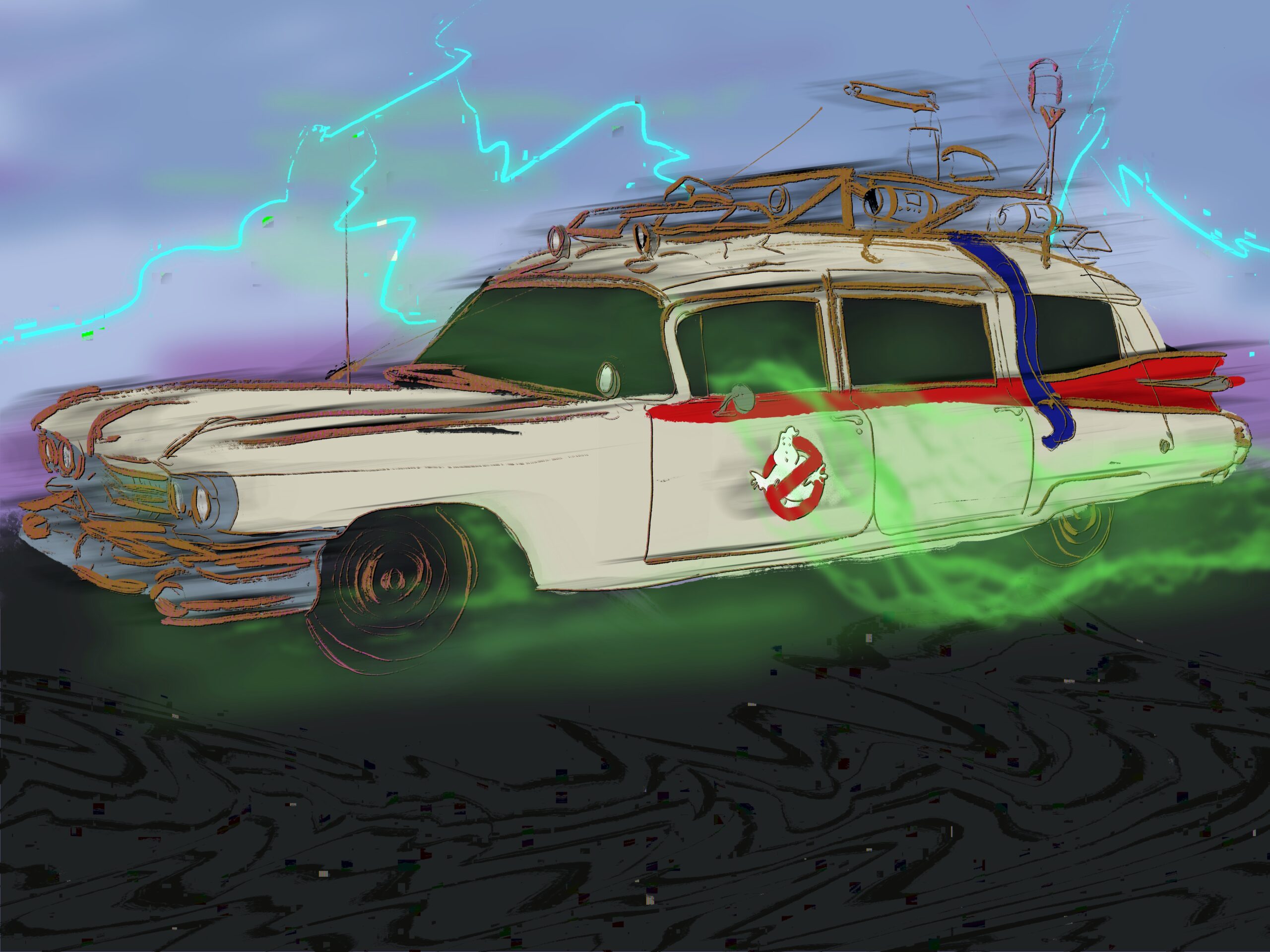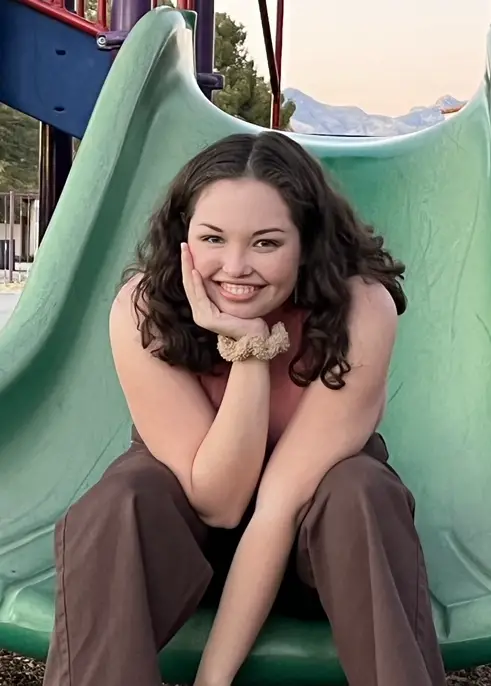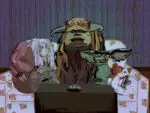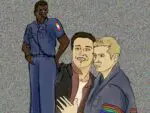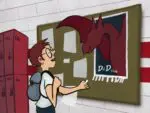In the age of reboots, 1984’s “Ghostbusters” seems to be a no-brainer. A cult classic from the moment it was released, the film was a marketing giant. With a Saturday morning cartoon (“The Real Ghostbusters”), a massive amount of merchandising opportunities and even a direct sequel in 1989, the film was able to build a substantial and successful franchise. Despite the clear fanbase, studios have had a difficult time jump-starting the reboot project over the last few years.
Now, with “Ghostbusters: Frozen Empire” coming out later this month, it seems the franchise may have finally found its footing.
The first reboot, boldly titled “Ghostbusters,” was released in 2016 to an uproar. The decision to make the four titular characters women created a mess of controversy around what was an otherwise mediocre mid-2010s comedy. The movie didn’t necessarily bomb: it brought in roughly $230 million, and achieved mild critical success with a Rotten Tomatoes score of 74%. But, according to several accounts, the movie also failed to break even, which would have required an estimated $300 to $500 million at the box office.
Eventually, the public opinion on the 2016 remake seemed to taper off into a general lukewarm apathy, and the movie rarely, if ever, gets brought up today. It was clear after opening weekend that the film wasn’t getting a sequel, but the property also couldn’t be outright abandoned, as two of the creators of the original film, Dan Aykroyd and the late Ivan Reitman, had already founded the production company “Ghost Corps” to handle all Ghostbusters production, financing and PR.
Hence, the creation and subsequent 2021 release of “Ghostbusters: Afterlife.”
“Ghostbusters: Afterlife” is most confusing in that its target audience is impossible to discern. The movie was clearly made to be a different genre altogether—a family adventure comedy, a la “The Goonies,” or, more recently, the highly lucrative “Stranger Things.” In and of itself, this would be fine. After all, a criticism of the 2016 remake was that it tried to replicate the original comedy too closely, and fell flat in the inevitable comparison. Switching genres entirely is a good way to try and circumvent this issue.
So, all things considered, a genre change for a new generation seems like a sensible decision. However, “Afterlife” also spends approximately half its runtime basking in the nostalgia of the original film. Memorabilia from the 1984 movie runs rampant – homages appear in stacks of books decorating Egon’s house, in the twinkies found in the Ecto-1’s glove compartment, in a gaggle of mini-Stay-Puft men and even in a crunch bar found in Egon’s old suit. And that’s not even mentioning the long-winded reverence with which the Ecto-1 itself is treated.
All of this could be written off as minor nods for the parents in the audience (and perhaps some die-hard fans of the franchise) were they also not so excessive. Each piece of memorabilia from the original movie, proton packs included, have an elaborate and sentimentally scored shot, blatantly notifying the audience that it’s time for them to start reminiscing. Unfortunately, the children the movie is ostensibly aimed at have no fond recollection of these objects, and as such, no reason to care about these minute-long closeups interrupting the plot.
The end result is a bloated runtime and a film that can’t decide if it’s an action, a mystery, or a wistful slideshow. This is all capped off by the appearance of the three original Ghostbusters for the final battle with Gozer (somewhat undermining the childrens’ progress), and, ultimately, the CGI resurrection of Harold Ramis’ likeness, also on the original creative team with Aykroyd and Reitman, for a Spielbergian spiritual goodbye.
It goes without saying that this is all very dissimilar to the original “Ghostbusters,” which was generally irreverent in its storytelling and lacked any real character arcs. It never took itself too seriously and was all the more beloved for it. As I previously mentioned, that doesn’t have to be an issue for “Afterlife,” which was essentially marketed as a schmaltzy sendoff to the original (and even as a tribute to Ramis), so long as it can find its own voice eventually.
Now, with “Ghostbusters: Frozen Empire” set to release on March 22, 2024, the question remains: will this movie, too, get in its own way?
The trailer certainly raises concerns. In the span of two minutes, it crams in as many nostalgic references as it possibly can. All three original Ghostbusters appear in the trailer, as well as secretary Janine Melnitz, played by Annie Potts, and EPA inspector Walter Peck, played by William Atherton.
The trailer also showcases a series of supernatural entities from the original movie: the mini-Stay-Puft marshmallow men return, now joined by a ghost librarian and, of course, Slimer. Paul Rudd has a few lines of dialogue that are clearly lyrics from the “Ghostbusters” theme song, and all but winks at the audience while delivering them. But it’s hard to see the lampshading as redeeming in the midst of a project that feels so genuinely cynical otherwise.
A best case scenario would be that the nostalgia-bait nature of the new trailer is simply a marketing tactic, and that the majority of the entire hour-and-fifty-minute runtime will focus on the new ideas and characters of the “Afterlife” franchise. The parts of “Afterlife” that weren’t interrupted by overindulgent reminiscence were legitimately compelling, and at times felt like they were from a classic family adventure movie.
The actors, too, have all the charm and charisma needed to create a great movie. The main group of children, composed of McKenna Grace, Finn Wolfhard, Logan Kim and Celeste O’Connor are all talented, and given more time to explore their dynamic, could have compelling chemistry. Rudd and Carrie Coon, the Keymaster and Gatekeeper for a modern era, play extremely well off of each other and were at times the highlight of the movie.
All in all, the “Ghostbusters: Afterlife” franchise has everything it needs to create a fun adventure series for a new generation of children to obsess over, if it can only let go of the past. It has a fresh take on what would be a tired franchise, which gives “Afterlife” the capacity to tell new and exciting stories. Hopefully, when “Ghostbusters: Frozen Empire” hits theaters at the end of the month, it will do exactly that.


